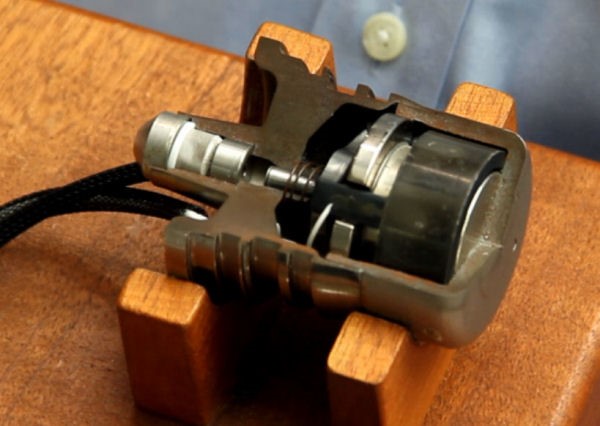Trolling Speed Efficiency: 2-Stroke vs 4-Stroke?
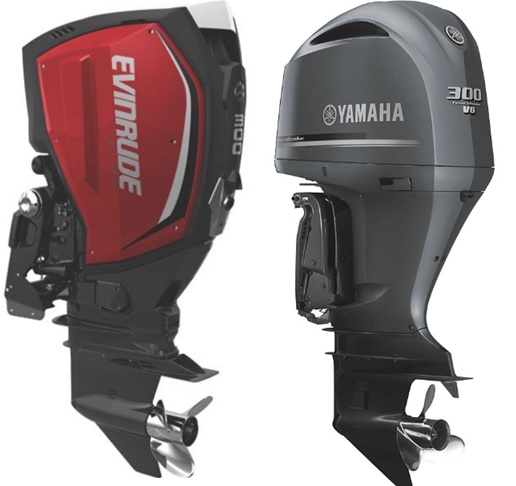
A BoatTEST.com member recently asked, “What type of engine is better for running at extended trolling speeds, a 2-stroke like an Evinrude, or a 4-stroke? The older 2-strokes used to ‘load up’ when you trolled for long periods and drivers would have to blow them out once in a while.”
While BoatTEST.com typically tests more than 100 boats a year, with five outboard brands each with 3 to 11 models between 200 and 300-hp, and more than 6,000 different boat models worldwide, finding a perfect match of boat-on-boat comparison is like finding a needle in a haystack.
Finding matches for both 2-stroke and 4-stroke engines is even harder, and is not helped by the fact that both Yamaha and Mercury have quietly discontinued selling 2-stroke engines in the U.S. Now, Evinrude is the only 2-stroke game in town. We had to look carefully at our test data for recent engines and pull some published data from some manufacturers to see if we could find some apt comparisons.
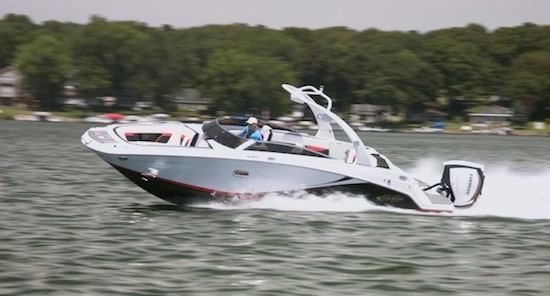
Comparison of 2-Stroke and 4-Stroke Outboards
Nevertheless, we did manage to find 2 fiberglass monohull boat models that were the same and two pontoon boats that were the same brand and very similar. In all cases we felt it was a fair comparison. The 2-stroke brand was Evinrude and the 4-stroke brand Yamaha. The Yamaha test numbers were taken from its website and the Evinrude numbers are our own. We have faith that both are accurate. Here are the results for the four boats—
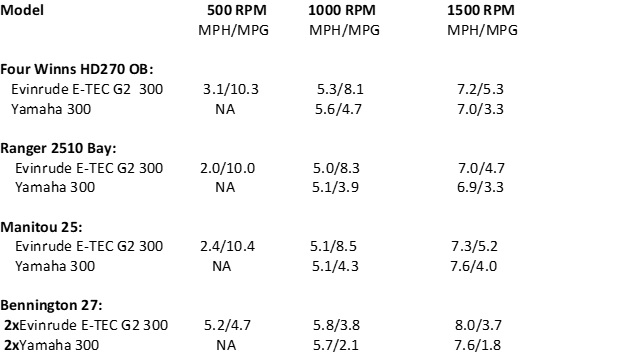
As can be seen, Yamaha does not publish its findings at 500 rpm or idle. We don’t know why. However, when BoatTEST.com captains test they record complete data from idle to WOT (wide open throttle). And we publish it, no matter what it says.
We checked six of our boat tests with a single Yamaha 300-hp engine, and picked the four most fuel efficient at the lowest recorded rpm. In all cases that was at idle, either 500 or 600 rpm. The results are as follows—

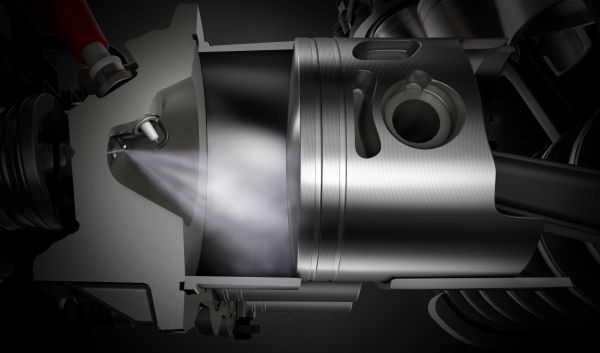
Loading Up
The old 2-strokes did “load up” at trolling speed and this was a constant problem, worse on some models more than others. But those days are long gone thanks to the emission standards that went into effect 20 years ago, fuel injection, and all the rest of the innovations that have occurred the last two decades.
Observations
As can be seen in the data above, the 2-Stroke Evinrude E-TEC G2 is by far the most fuel-efficient engine at 300 hp when we compare it with the Yamaha 300 in several applications. We have seen no test data from any other 4-stroke engines that contradicts this data.
How could it be that a 2-stroke engine is more fuel efficient at idle than a 4-stroke? Just like the BoatTEST.com member remembering 2-strokes “loading up”, he also remembers that they weren’t fuel-efficient when the first 4-stroke engines came out 20 years ago or so.
Essentially, the answer to why the Evinrude E-TEC G2 2-stroke is so much better than the old 2-stroke technology can be attributed to four basic things:
1. Direct, in the cylinder, injection -- not in the intake manifold port like the competitive 4-strokes.
2. A proprietary injector that can oscillate a few times or thousands of times per second, much like the speaker in a stereo – and its proximity to the spark plug.
3. A cylinder head design that is essentially a small combustion chamber unto itself that is all that is needed at low rpm.
4. A water-cooled fuel-management system that is able to meter-out fuel in remarkably small doses.
Note that none of these things relate directly to the 2-stroke design. The 2-stroke aspect comes into play more to provide low- and mid-range torque as well as requiring less maintenance during the life of the engine.
